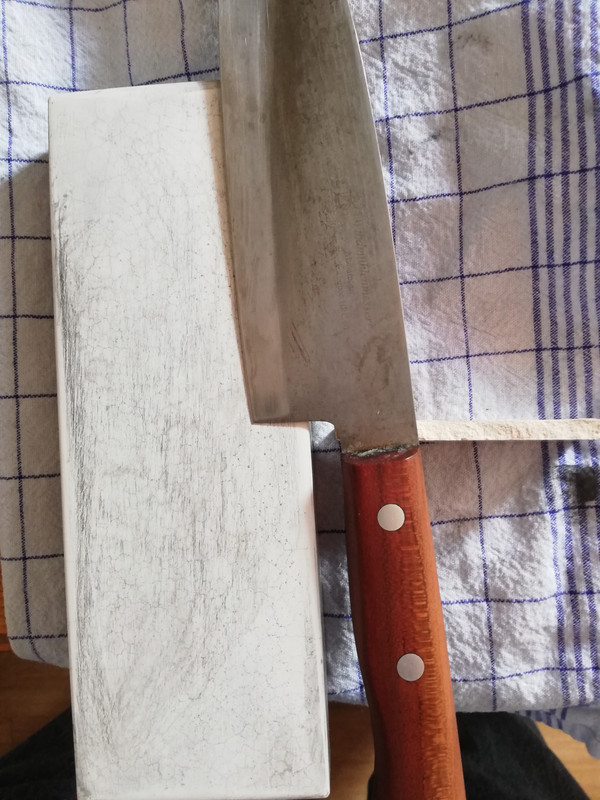hi im curious if anyone have any facts about this, not only guesses.
For a normal polishing for removing patina, how much material do you actual remove in mm (or parts of mm)?
The same for a thinning, how much material in mm do you remove?
Sure I understand everyone does it differently, but again, Im asking if someone actually know this, i.e ”when I, or when he/she did it that one time, it removed xx”.
Thanks
Again just curious. Saw a knife that was 25 years old and it was like 15 mm less height, but that is another question
For a normal polishing for removing patina, how much material do you actual remove in mm (or parts of mm)?
The same for a thinning, how much material in mm do you remove?
Sure I understand everyone does it differently, but again, Im asking if someone actually know this, i.e ”when I, or when he/she did it that one time, it removed xx”.
Thanks
Again just curious. Saw a knife that was 25 years old and it was like 15 mm less height, but that is another question





